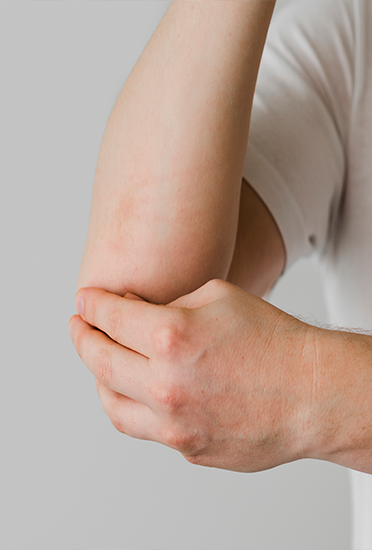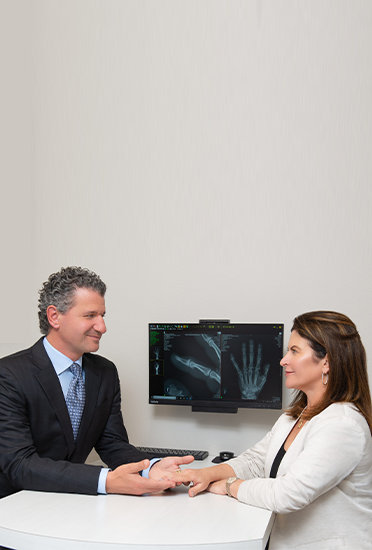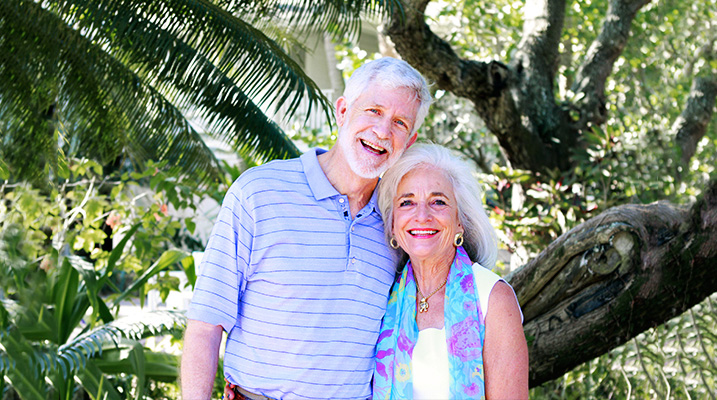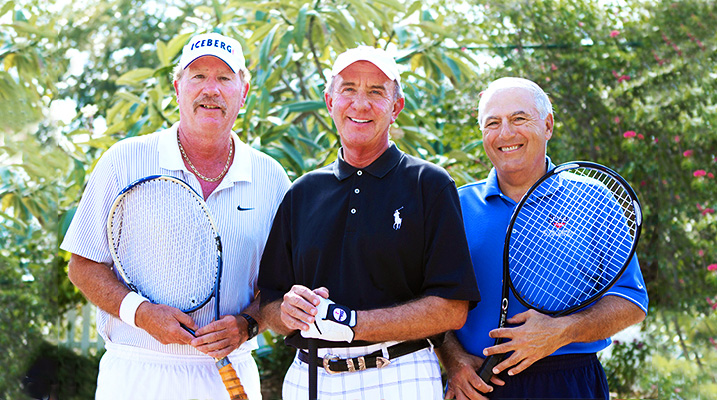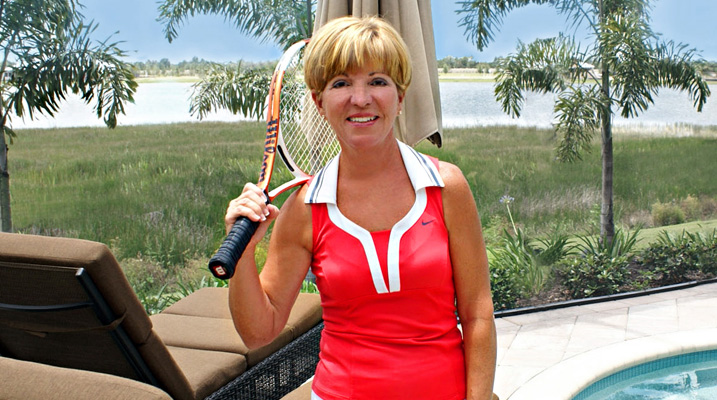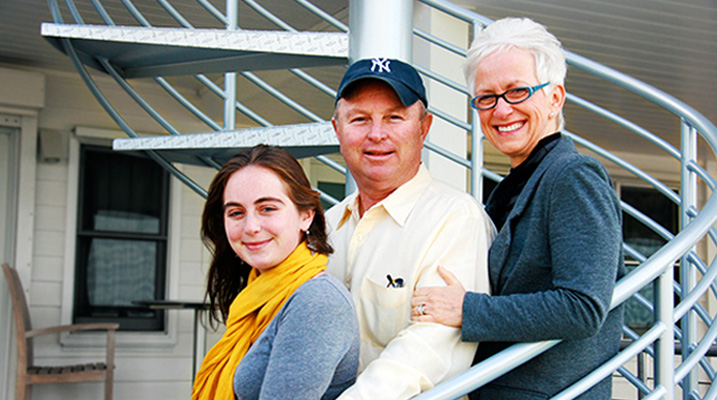Ganglion Cysts
A ganglion is a lump under your skin filled with fluid. The lump often appears in a tendon or over a joint in your wrist or hand. Ganglion cysts can appear if there is a tear in the sheath that covers the tendon or joint.
The sheath will bulge to form a sac, and the fluid from your joint will leak into this sac, causing that region to swell. Although most ganglion cysts are harmless, doctors advise you to seek medical help if the lump causes pain or tingling sensations.
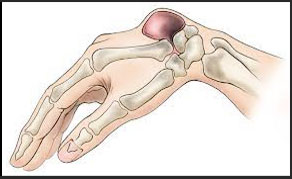 Although most ganglion cysts are wrists related and appear on top of the wrist or the palm side of the wrist, there are rare cases where the cyst occurs in other parts of the body such as:
Although most ganglion cysts are wrists related and appear on top of the wrist or the palm side of the wrist, there are rare cases where the cyst occurs in other parts of the body such as:
- On top of your foot
- On your fingertips
- On the base of your fingers on the palm
Ganglion cysts are most common in patients from 15 to 40 years, although children below this age can also get the lumps. They are also more common in women than in men.
If you experience any pain or tingling sensation from a ganglion cyst, contact us at Sforzo|Dillingham|Stewart Orthopedics + Sports Medicine to set an appointment with our medical practitioners. We have a team of experienced doctors who will offer you a diagnosis, treatment, and after-care tips on ganglion cysts and other musculoskeletal-related illnesses. This article provides an overview of symptoms, causes, diagnosis, treatment, and prevention of ganglion cysts.
Ganglion Cyst Symptoms
Although there are ganglion cysts that can stay hidden under the skin only to be revealed by an ultrasound, most cases of ganglion cysts are easily noticeable. The following are the most common cyst symptoms:
- A soft, mobile or stationary mass that changes in size
- Swelling that appears suddenly or gradually
- Tingling, numbness, or discomfort on the cyst
- Experiencing pain when you bend the affected joint
- Smooth and rubbery skin on the affected wrist region
- Decreased gripping strength on your wrist and fingers
What Causes Ganglion Cysts
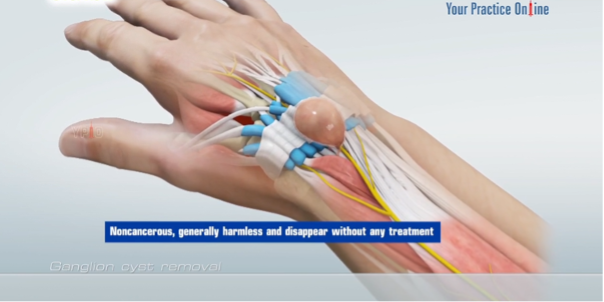 Doctors are yet to determine the exact cause of ganglion cysts. The benign tumor occurs from nowhere and, in most cases, goes away on its own. Even after going away, they might reappear again. Using or applying pressure on the joint where the ganglion cyst is might cause it to increase in size and become painful.
Doctors are yet to determine the exact cause of ganglion cysts. The benign tumor occurs from nowhere and, in most cases, goes away on its own. Even after going away, they might reappear again. Using or applying pressure on the joint where the ganglion cyst is might cause it to increase in size and become painful.
Despite the fact that doctors cannot explain the cause of ganglion cysts, they can explain how they form.
Tendon and joint sheaths produce synovial fluid. The fluid lubricates the joints to prevent wear and tear of the joints and tendons.
The synovial fluid stays inside the sheath. When the sheath leaks, this fluid will form a thin wall on the sheath hence developing into a lump.
Risk Factors for Ganglion Cysts
Whilst ganglion cysts do not have an exact cause and can happen to anyone, some factors increase your risk of getting them. These risk factors include
- Stressing your wrist repeatedly, for instance, a gymnast
- Direct injury on the wrist or finger
- Musculoskeletal conditions such as arthritis
- Inflammation in a tendon or a joint
- Repetitive finger and wrists motions
When to See a Doctor
Most ganglion cysts are not painful and go away on their own. Our doctors advise you to avoid stressing the affected wrists and rest the affected hand to make the lump disappear. We advise you to visit our clinic if the cyst:
- Becomes painful
- Becomes bigger and bigger with time
- Limits your hand movements and activities
- Does not go away after two weeks
- The affected area becomes injured
- If it makes you self-conscious about your appearance
Frequently Asked Questions to Ask Your Healthcare Provider
When you come to our clinic for diagnosis, the doctor in charge will offer basic information on what ganglion cysts are and give a personalized perspective on your case. It is also essential for you to engage the doctor to know better ways of taking care of your wrists after diagnosis and treatment. The most commonly asked questions to help you understand the lump on your wrist are:
- Do I require immediate treatment?
- What does the treatment entail?
- What treatment procedure do you recommend?
- Why do you recommend that treatment option?
- What is the chance of the cyst coming back?
- What can I do to lower the risk of the lump coming back?
- What are the benefits and risks of ganglion cyst wrist surgery?
- What is the cost of the surgery?
- What is the recovery period post-surgery?
How to Diagnose Ganglion Cyst
When you visit our clinic for diagnosis, Dr. Sforzo, who specializes in wrist problems, will conduct a physical exam. He would press the lump for any signs of pain and discomfort or shine a light on it to see if it is partly see-through or translucent.
The doctor might also recommend a biopsy. The biopsy will be done by getting a sample from the cyst and taking it to the lab.
The ganglion cyst is full of jelly-like fluid, so X-rays are hardly done. If there are doubts about whether the lump is a cyst or a lipoma, Dr. Sforzo will recommend an ultrasound.
Unlike ganglion tumors, lipomas can hardly go away themselves. Lipomas can also be painful and might have to be removed to address the pain.
The other difference is that lipomas are composed of fatty tissue, and if you apply pressure to them, they can move. Both lipomas and ganglion cysts are benign and are not harmful.
How is Treatment for Ganglion Cysts Determined?
If the ganglion cyst is not interfering with your daily activities or does not bother you, there is no need to remove it since it will disappear on its own. However, if you want to get rid of the cyst, our doctors recommend you seek advice from a qualified health practitioner to avoid causing harm to your tendons when treating it at home.
One of the most common traditional home-treatment methods for a ganglion cyst was to hit it with a thick book to pop the wrists. That is how ganglion cysts gained the name “Bible cyst” or “Bible bump.”
Doctors have ruled out this method as it causes swelling, redness, and soreness in the affected area and might make it more difficult for the cyst to heal. Some of the most common ways how to treat ganglion cysts include
- Anti-inflammatory Medicine
Dr. Sforzo might prescribe anti-inflammatory medicine if the cyst is painful and sensitive. The medication will also reduce swelling and make the cyst disappear faster.
- Splints
One of the best ways to help the ganglion cyst go away is to provide enough rest and avoid pressure on the affected area. A splint offers support for your wrist and stops you from moving the wrist. The splints also reduce pain and swelling in the cyst.
- Aspiration
In this treatment method, the doctor will use a needle to remove fluid from the lump. After drawing out the fluid, the doctor will inject an anti-inflammatory into the affected area. Although aspiration offers immediate relief, it does not remove the cyst so, the cyst might return.
- Surgery
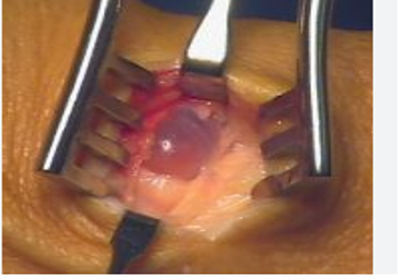 The surgical procedure is one of the best ways to remove the cysts completely. Although surgery is not necessary for most ganglion cysts, our doctors will recommend it if the cyst is painful and causes numbness and tingling sensations on your wrist or fingers.
The surgical procedure is one of the best ways to remove the cysts completely. Although surgery is not necessary for most ganglion cysts, our doctors will recommend it if the cyst is painful and causes numbness and tingling sensations on your wrist or fingers.
Also known as ganglionectomy, ganglion surgery can either be the open technique or arthroscopy. Unlike the open techniques, arthroscopy involves making a small incision on the affected area and it is considered less invasive. If the operated area is deep, the surgeon may need to use tissues from the surrounding joints to repair the wrist.
The surgery is usually an outpatient procedure and swift. Full recovery takes not more than three weeks and your wrist will be able to restore its normal motion and functions.
Ganglionectomy not only resolves all the symptoms but also lowers the risk of the cyst returning. However, there is about a 15 % chance that the ganglion cyst can return even after surgery.
Follow-Up Steps After Treatment
Follow-up steps depend on the kind of treatment you undergo for the ganglion cyst. If you undergo aspiration, Dr. Sforzo will advise you to start with slow movements on the joint immediately. Do not be vigorous so as not to cause pressure on the tendons and joints that are still sensitive.
If you undergo surgery, you might need a splint or braces for up to 10 days. The splint will offer support to the wrist and help to avoid injuries or swelling. After the recommended days, you can remove the splint and start practicing movement on your wrist and fingers.
Dr Sforzo will also set a follow-up appointment for you. The checkup is especially necessary for patients whose prior symptoms included pain or had a massive lump. The main purpose of the checkup is to see if you need occupational therapy. The doctor will then advise on a customized follow-up care routine.
Prevention of a Ganglion Cyst
Since it is almost impossible to pinpoint the exact cause of ganglion cysts, there are no assured prevention measures for the condition. Our doctors advise you to avoid stressing your wrist and repetitive hand motions.
These two are known risk factors for ganglion cysts so by avoiding them, you lower your chances of getting the lump. Also, a single treatment procedure may not be adequate to keep off cysts as they can appear again even after treatment.
A ganglion cyst wrist is often a harmless lump that can disappear on its own. However, if the cyst is painful, sensitive, limits your hand activities, or makes you self-conscious about your looks, you can have it removed. Contact us at Sforzo|Dillingham|Stewart Orthopedics + Sports Medicine at (941) 378-5100 to make an appointment with our doctors. We have a team of experienced and skilled doctors who deal with musculoskeletal problems such as cysts, tendonitis, broken hips, spinal injuries, and sports injuries.
Conditions Wrists / Hands
Treatment Wrists / Hands
Recovery Wrists / Hands
Focusing On You
As healthcare is ever changing, Sforzo | Dillingham | Stewart Orthopedics + Sports Medicine, is doing things differently…
-
 Christopher R. Sforzo, M.D. is a board certified orthopedic surgeon and fellowship trained in hand and upper extremity surgery. He provides expert care in the treatment of problems involving the shoulder, arm, elbow, forearm, wrist and hand. He performs many procedures using minimally invasive techniques includi
Christopher R. Sforzo, M.D. is a board certified orthopedic surgeon and fellowship trained in hand and upper extremity surgery. He provides expert care in the treatment of problems involving the shoulder, arm, elbow, forearm, wrist and hand. He performs many procedures using minimally invasive techniques includi -
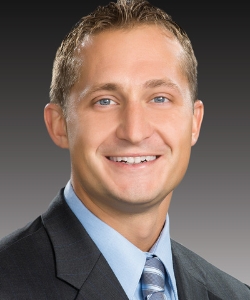 Christopher L. Dillingham, M.D. is a board certified orthopedic surgeon and fellowship trained in hand, shoulder, and arm surgery. He specializes in the treatment of problems with rotator cuff disorders, carpal tunnel syndrome and nerve injury, joint replacement, arthritis surgery, fracture repair, foot and ankle
Christopher L. Dillingham, M.D. is a board certified orthopedic surgeon and fellowship trained in hand, shoulder, and arm surgery. He specializes in the treatment of problems with rotator cuff disorders, carpal tunnel syndrome and nerve injury, joint replacement, arthritis surgery, fracture repair, foot and ankle -
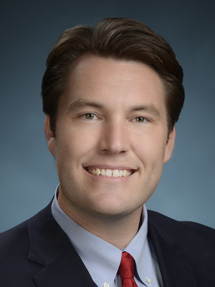 Charles E. Stewart M.D. is a board certified, Johns Hopkins fellowship-trained orthopedic surgeon specializing in adult complex reconstruction of the lower extremity. His specialties include, lower extremity sports injuries, meniscal injuries, partial knee replacement, total hip and knee arthroplasty (replacement), as
Charles E. Stewart M.D. is a board certified, Johns Hopkins fellowship-trained orthopedic surgeon specializing in adult complex reconstruction of the lower extremity. His specialties include, lower extremity sports injuries, meniscal injuries, partial knee replacement, total hip and knee arthroplasty (replacement), as -
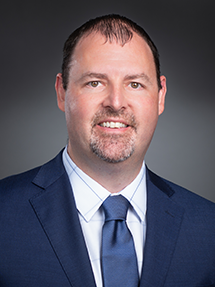 Philip A. Meinhardt, M.D. is a board certified orthopedic surgeon and fellowship trained spine surgeon. He specializes in adult spinal surgeries including reconstruction of spinal deformities, minimally invasive/microscopic spinal procedures, decompression, spinal instrumentation, fusion procedures and microscopic cer
Philip A. Meinhardt, M.D. is a board certified orthopedic surgeon and fellowship trained spine surgeon. He specializes in adult spinal surgeries including reconstruction of spinal deformities, minimally invasive/microscopic spinal procedures, decompression, spinal instrumentation, fusion procedures and microscopic cer
Testimonial
Latest Blog Posts
-
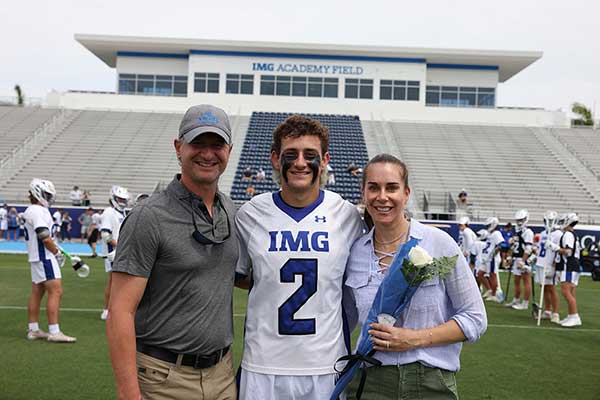 October 18, 2022Dr. Christopher Sforzo was invited to speak at the recent IMG Academy Athlet
October 18, 2022Dr. Christopher Sforzo was invited to speak at the recent IMG Academy Athlet -
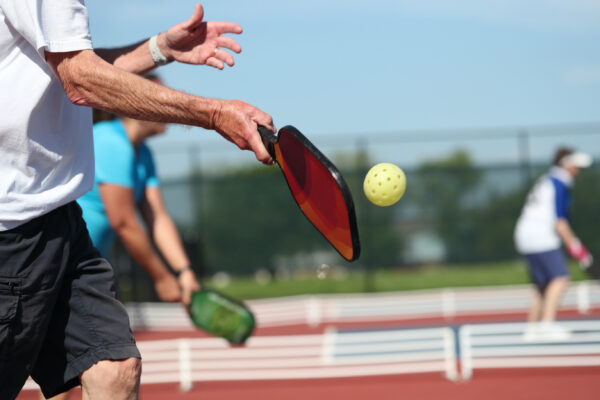 January 22, 2022Did you know that pickleball has become the fastest-growing sport in the U.S.? It’s a fun
January 22, 2022Did you know that pickleball has become the fastest-growing sport in the U.S.? It’s a fun -
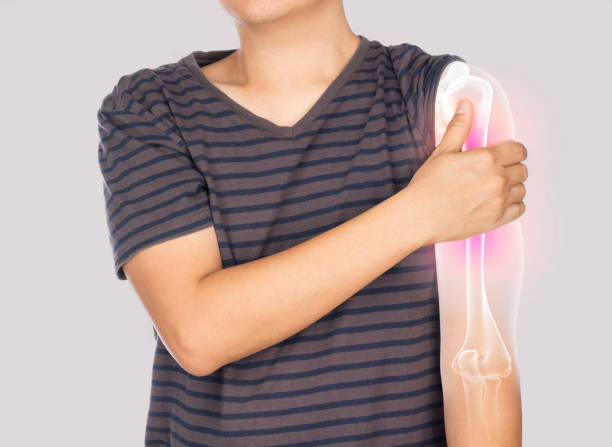 October 27, 2021SARASOTA, FL – With the fall football season underway, shoulder injuries are on the rise among
October 27, 2021SARASOTA, FL – With the fall football season underway, shoulder injuries are on the rise among


